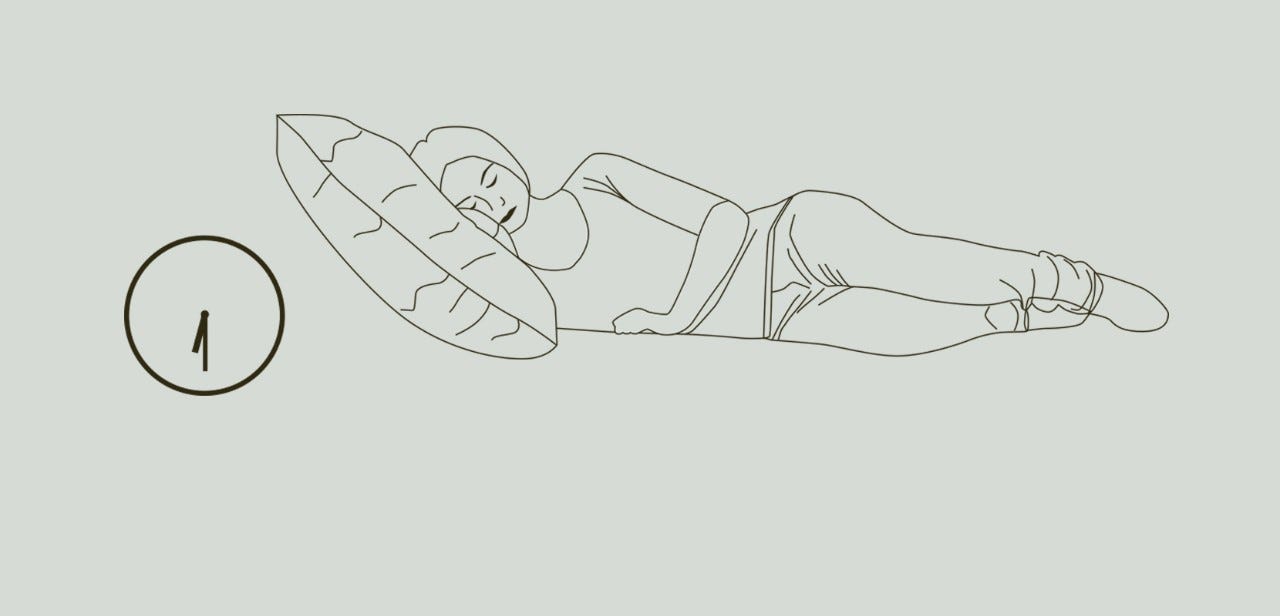Sweating in the sauna
Saunas are widely believed to be relaxing, cleansing and healthy for body and mind. Their positive image is well-established all around the world. With a few rules, you can learn to take a sauna correctly, too.

In cold northern countries, extreme warmth is seen as a cultural asset. During the long winters with high sub-zero temperatures, people in Finland crank up the temperature in their saunas. The majority of the 5.5 million Finns have a sauna in their own home, often taking the place of a bathroom. Sauna – which translates literally as “sweat room” – is actually a Finnish word.
Documents dating back more than 2,000 years indicate that this bathing option was first seen in East Asia and was brought to northern Europe by the original Finnish settlers. And from there it became a worldwide phenomenon.
Peace and relaxation
No matter how relaxing a sauna may be, your body does a lot of hard work. The heat increases the temperature of the skin’s surface by up to ten degrees, while your internal body temperature rises by one to two degrees. Your body reacts as if it’s fighting off a high temperature by activating defence cells. The blood vessels dilate and your pulse rate and respiration speed up. This places a short-term strain on the body and it releases stress hormones. That’s why it’s important to give your body time to cool off and relax between sauna sessions. In the long term, taking saunas is good for your health. Studies – most of them from Finland, of course, – show that taking regular saunas lowers blood pressure and increases the elasticity of blood vessels. It improves the body’s constitution, relaxes the muscles and helps revitalise the skin. And last but not least, it improves your well-being.
Caution advised for heart patients
There is no right or wrong way to take a sauna as such. But it’s important to listen to your body, even if you only have a cold. You’re generally recommended to drink water before taking a sauna and not to stay in the heat longer than 15 minutes at a time. Cardiologist Christian Schmied from Zurich University Hospital emphasises that cardiovascular patients should stay in a sauna for no more than twelve minutes. They have to be careful and, for example, make sure they don’t shock their body with cold water after the sauna. “It’s better to slowly cool your feet.” Many doctors advise patients who experience breathlessness and heart problems during minimal exertion to avoid saunas entirely.
Generally speaking, anyone who has a known medical condition should always consult their doctor before taking a sauna. This applies particularly to patients with asthma, diabetes, kidney problems, an overactive thyroid or multiple sclerosis. Anyone on medication also has to be careful. For example, blood pressure medication dehydrates the body and enhances the effect of the sauna. However, Dr Schmied says there’s no need to overreact either: “There’s no need to ban patients suffering from high blood pressure or heart problems from taking saunas completely.”
- Plan at least half a day for your visit to the sauna.
- Take a large towel, two small towels and pool shoes.
- Shower and dry yourself thoroughly before and after taking a sauna.
- Don’t take a sauna if you’re hungry or directly after you’ve eaten.
- In the sauna, place the large towel under your whole body (so sweat doesn’t get on the wood).


